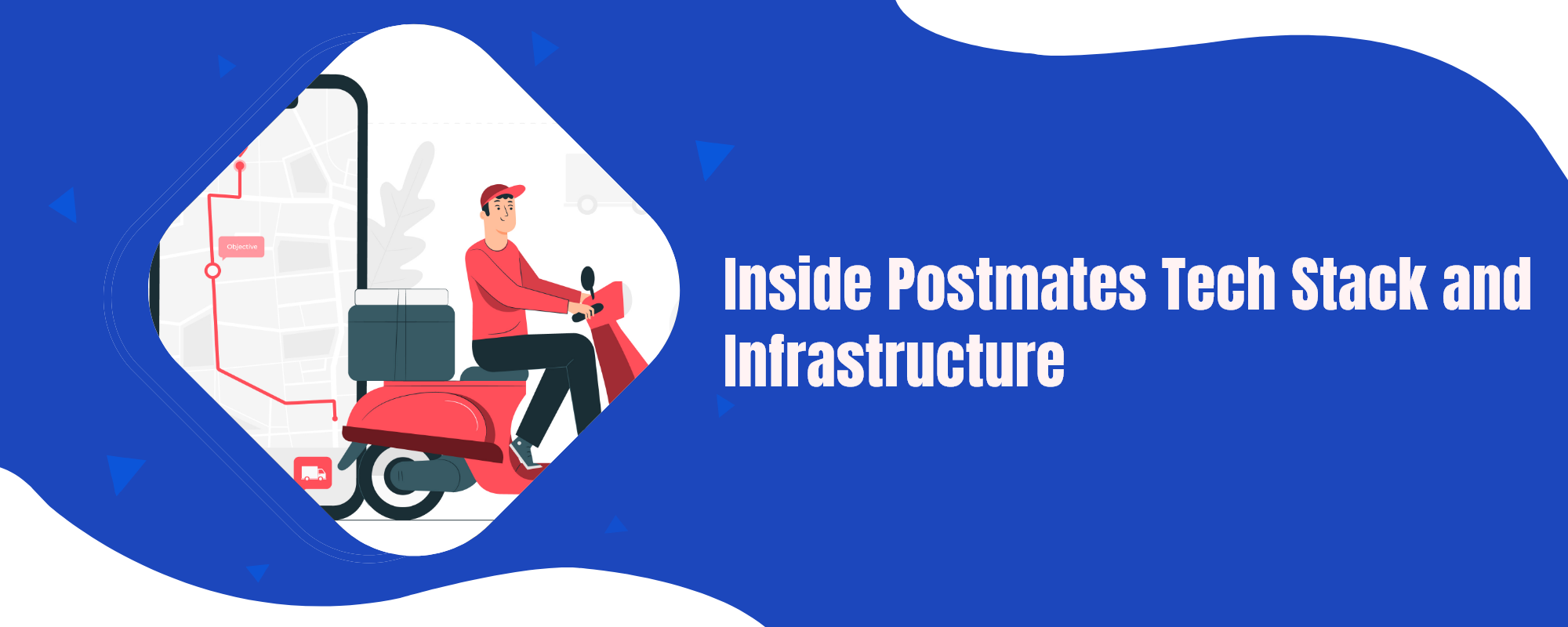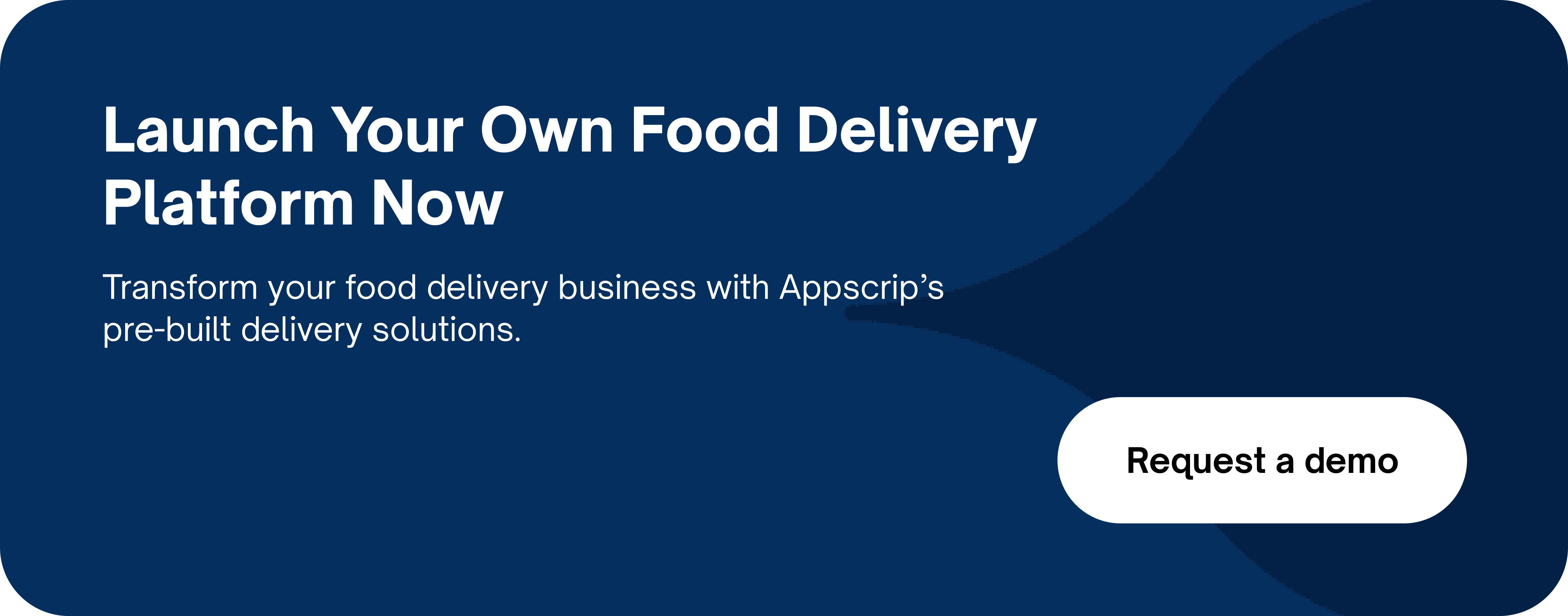In today’s fast-paced, on-demand world, Postmates has emerged as a popular and reliable service provider for food delivery, groceries, and other essentials. The company has successfully captured the hearts and stomachs of millions thanks to its seamless user experience and lightning-fast delivery. But have you ever wondered what powers this remarkable platform? What essential technologies and infrastructure enable Postmates to operate at such a massive scale and deliver outstanding service quality?
In this article, we will be taking an in-depth look at the technological backbone supporting Postmates’ operations. We will explore Postmates tech stack, and the various software components that work in harmony to create an intuitive and engaging experience for users and merchants alike. Additionally, we’ll delve into Postmates’ cloud infrastructure, which serves as the foundation for their extensive network of couriers, ensuring reliable and efficient service delivery.

Frontend technologies of Postmates tech stack
The frontend tech stack of Postmates is a combination of cutting-edge tools, frameworks, and systems that ensure a responsive, intuitive, and visually appealing interface. Let’s dive into the key frontend components of Postmates tech stack.
Redux: To manage the application’s state, Postmates tech stack employs Redux, a predictable state container for JavaScript apps. Redux helps in maintaining a consistent state across the entire app, simplifying debugging and making it easier to test the application. It also enables better collaboration between team members working on different parts of the application.
Styled-components: To style the user interface, Postmates leverages styled-components, a popular CSS-in-JS library. This approach allows for dynamic styling based on the application’s state, improves performance by generating only the necessary CSS, and promotes better componentization and maintainability.
React.js: Postmates uses React.js, a popular JavaScript library developed by Facebook, as the core of its frontend development. React.js allows for the creation of reusable UI components and efficient rendering of dynamic content, making it easier for the development team to maintain and scale the application.
Backend technologies of Postmates tech stack
Postmates has built a robust and scalable backend tech stack to support its ever-growing demand for food delivery services. In this section, we will explore the key technologies that constitute the backend tech stack of Postmates, which includes Python, Go, PostgreSQL, and Django.
Python: Python is an integral part of Postmates tech stack, primarily used for data processing and analytics. Python’s versatility and extensive library support make it an ideal choice for handling the complex data requirements of a delivery platform.
Go: Postmates employs the Go programming language for building high-performance, concurrent systems. Go’s simplicity, strong typing, and efficient garbage collection make it well-suited for developing scalable and maintainable backend services that can handle the rigorous demands of a grocery delivery network.
PostgreSQL: PostgreSQL is an open-source relational database management system for storing and managing structured data. PostgreSQL is known for its robustness, extensibility, and support for advanced data types, which enable Postmates to model complex relationships between grocery stores, customers, and orders.
Django: Django is a high-level, open-source Python web framework promoting rapid, clean web development. Following the MVC design pattern, it offers reusable components and third-party package support. Django emphasizes scalability, security, maintainability, and versatility, making it an excellent choice for diverse website development projects.
Microservices: Microservices are a software architecture pattern that breaks down applications into small, independent services with specific responsibilities. Each service is scalable, deployable, and maintainable separately, communicating via APIs. Postmates uses it as this approach enhances agility, fault tolerance, and flexibility, allowing teams to develop, test, and deploy features rapidly and independently.

Infrastructure technologies of Postmates tech stack
Postmates, as an on-demand delivery service, uses a combination of various cloud infrastructure components to build a robust and scalable tech stack. These components include:
Amazon Web Services (AWS): Postmates relies on AWS for cloud computing resources and services. AWS provides a wide range of services such as EC2 for scalable computing power, S3 for storage, RDS for database management, and Lambda for serverless computing. This allows Postmates to scale their infrastructure efficiently and handle the high volume of requests during peak times.
Docker: Postmates tech stack uses Docker to containerize their applications and services. Docker allows developers to package an application with its dependencies into a lightweight, portable container. This makes it easy to manage and deploy microservices, ensuring consistency across different environments and improving the development lifecycle.
Kubernetes: To manage and orchestrate their containerized applications, Postmates uses Kubernetes. Kubernetes is an open-source container orchestration platform that automates the deployment, scaling, and management of containerized applications. It helps Postmates to efficiently manage their microservices architecture, ensuring high availability and fault tolerance.
Apache Cassandra: Postmates leverages Apache Cassandra as its primary database. Cassandra is a highly scalable and distributed NoSQL database that provides high availability and fault tolerance. This enables Postmates to handle large amounts of data across multiple data centers, ensuring a reliable and fast experience for users.
Elasticsearch: To provide efficient search functionality, Postmates uses Elasticsearch, a distributed and scalable search engine. Elasticsearch allows Postmates to index and query data quickly, providing users with accurate and relevant search results in real-time.
Read more: How does Postmates business model work? How do Postmates earn?
Conclusion
Postmates’ tech stack showcases a powerful combination of cutting-edge technologies that work in synergy to deliver a seamless and scalable platform for its users. By leveraging the robust capabilities of AWS, Docker, Kubernetes, Apache Cassandra, and Elasticsearch, Postmates has built an infrastructure that not only meets the demands of a rapidly growing user base but also ensures a high level of reliability and performance.
This thoughtful integration of cloud infrastructure components has positioned Postmates as a leader in the on-demand delivery market, enabling the company to adapt and evolve in an ever-changing technology landscape. As the industry continues to advance, Postmates’ commitment to embracing modern technology solutions will undoubtedly play a pivotal role in its ongoing success and innovation.










